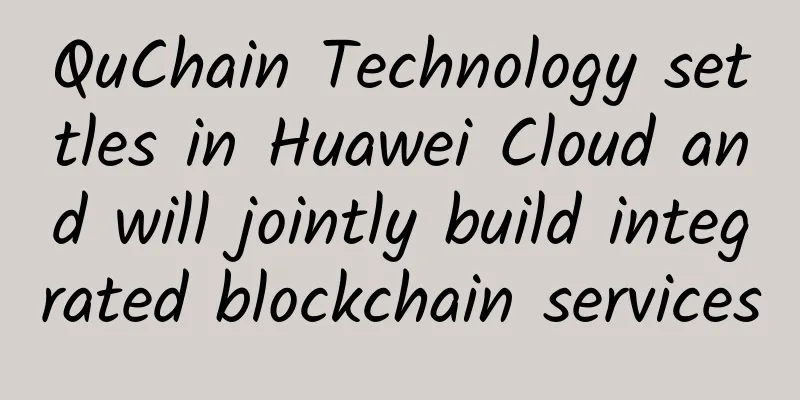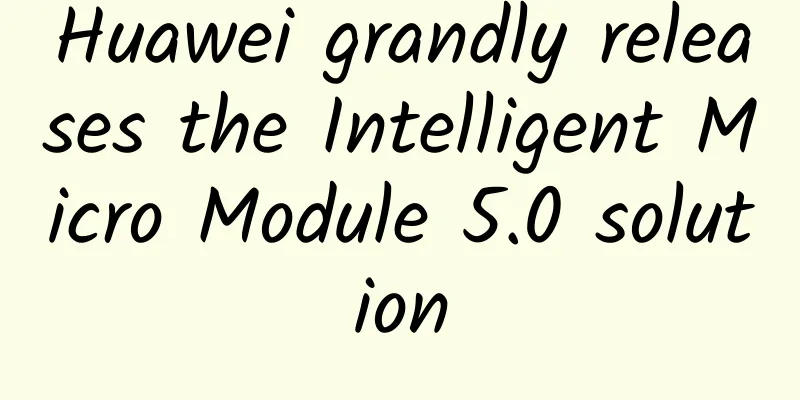The battle for 5G has been lost. The US-Japan alliance has learned from the lesson and invested $4.5 billion to start the battle for 6G supremacy

|
Although the United States used a lot of political means to exclude Huawei's global development and help the growth of its own 5G industry during the Trump era, it still failed to prevent Huawei from becoming a 5G industry giant. After the 5G industry share was basically fixed, the United States and Japan began to learn lessons and positioned the technological battlefield on the new communication technology - 6G technology. Yoshihide Suga's meeting with Biden led to a joint US-Japan At present, 5G technology has not yet been popularized in the world, and 6G is only a conceptual technology, but the failure of the United States and Japan in the 5G market has prompted their concept of advanced competition. According to Japanese media reports, the United States and Japan have agreed to jointly invest $4.5 billion to develop the next generation of 6G communication technology. This decision came from the meeting between Japanese Prime Minister Yoshihide Suga and US President Biden last week. According to the news released after the meeting, the United States pledged to invest $2.5 billion and Japan to invest $2 billion to jointly "research, develop, test, and deploy secure networks and advanced information and communication technologies." This plan aims to create a new communication order that is not led by China. In the 5G race, the US and Japan are lagging behind 6G technology is a technology that can subvert the current lifestyle. According to current researchers' assumptions, 6G technology can achieve an ultra-high transmission speed of 1TB per second, and the delay is only 0.1 milliseconds, which is much lower than the current 5G technology's minimum delay of 1 millisecond. If 6G technology becomes popular, the concept of the Internet of Everything will truly enter people's lives. People will be able to communicate with any item in their lives, including clothes on their bodies and furniture in their homes, and these networked daily necessities can also communicate with each other. This widespread network communication mode can bring great convenience to life, but currently there is no chip that can withstand such a huge data transmission. Huawei has an advantage in the 5G competition Although the United States and Japan hope to overtake others and regain their leadership, the consensus reached between the United States and Japan is still a little late. As early as 2019, when 5G was not yet popular, Huawei had confirmed that it had started research and development of 6G networks. Compared with the United States and Japan, Huawei's 6G technology research and development is supported by a lot of practical experience in the 5G market, and has huge revenue from 5G technology as development funds. For the United States and Japan, which are at a disadvantage in the 5G competition, the lack of practical experience and market return funds will be a major disadvantage in the development of 6G. At the same time, before the United States and Japan reached a consensus, China had already included 6G development in its national plan. In March this year, the new five-year plan adopted by the National People's Congress included 6G technology development. The support of the state will provide a huge impetus for the development of 6G technology, allowing China, which has successfully overtaken in 5G technology, to continue to maintain its technological advantage. The battle for 6G dominance has begun The United States and Japan, which are lagging behind, have also remained quite sober in the development of new technologies. They did not intend to achieve success overnight, but organized orderly development. At present, the North American telecommunications organization "Electronic Communications Standards Alliance" has established a 6G communication technology alliance called Next G Alliance, with the aim of "enhancing North America's 6G leadership." Its members include technology giants such as Apple, AT&T, Qualcomm, Google, and Samsung Electronics. The United States hopes to enhance its current R&D capabilities through joint means, thereby accelerating the 6G R&D process. In fact, the "group R&D" model led by the United States has torn the current world communications market into a deformed market with factions. The United States and its allies have rejected and blocked Huawei technology, while Russia, Southeast Asian countries, and the Middle East have accepted Huawei technology. This kind of factional competition has turned technology into an extension of geopolitical games and led to a competition in technological development. Whether this will be beneficial or detrimental to the future development of mankind is still a big unknown. |
>>: Real-time communication technology battle
Recommend
A first look at the 6G era: frequency band exploration, wide-area coverage, cloud and connectivity
When 5G R16 and R17 have not yet been launched, c...
HostDare: $15.56/half year-756MB memory/35GB hard disk/600GB monthly traffic/Los Angeles data center
HostDare has launched this month's promotion,...
Alipay responds to mobile phone black market: facial recognition has not been broken
Recently, an article has attracted attention and ...
Some thoughts on the information construction of the financial industry
The rapid development of information technology h...
UK government to phase out 2G and 3G mobile networks by 2033
Britain said on the 8th that it will gradually ph...
China Huaxin and Nokia jointly established "Shanghai Nokia Bell"
China Huaxin Post and Telecommunications Economic...
The three major operators are tightening their purse strings, with investment dropping by 25% in the first half of the year. Will this affect the progress of 5G?
Recently, the three major telecom operators have ...
A brief analysis of SMTP working principle
Email hosting is one of the main services provide...
5G sets sail to create China's "speed"
In 2023, 5G applications will enter their final y...
Some Europeans are extremely resistant to 5G, which will only accelerate their elimination
It is globally recognized that 5G is the trend of...
[Double Holiday] spinservers: 1Gbps unlimited traffic server from $59/month - E3-1280v5, 32G memory, 1TB NVme, Dallas/San Jose data center
spinservers has released a promotion for the upco...
The new infrastructure will release new momentum. How will these seven major sub-sectors develop?
Recently, the Standing Committee of the Political...
SD-WAN first or security first?
[[419685]] The right secure access service edge (...
Let’s talk about how to implement RPC remote service calls?
Overview In the previous article, I introduced ho...
Ruishu Information: Beware of misappropriation of payment interfaces, API security protection is imperative
Recently, the security operation and maintenance ...









